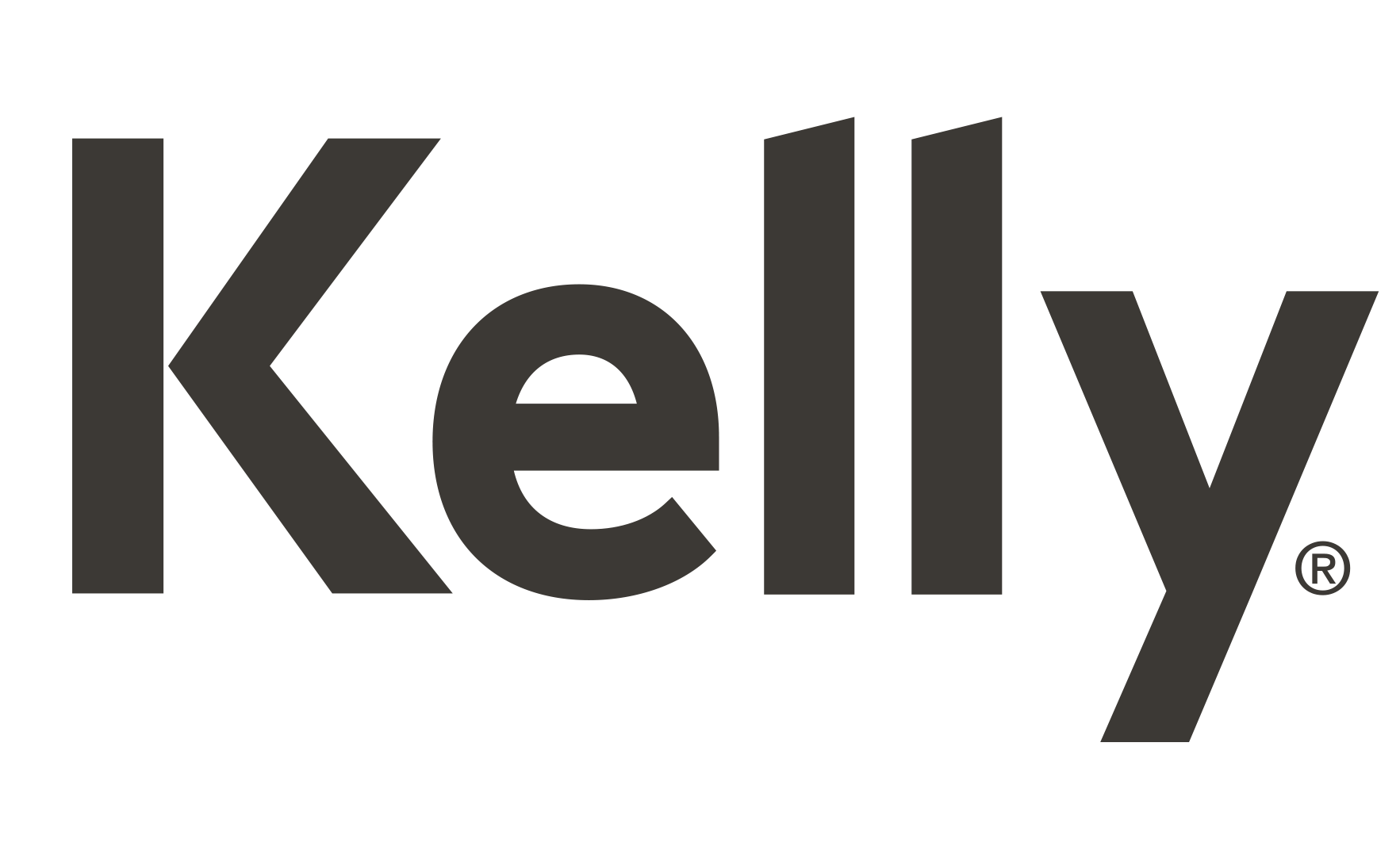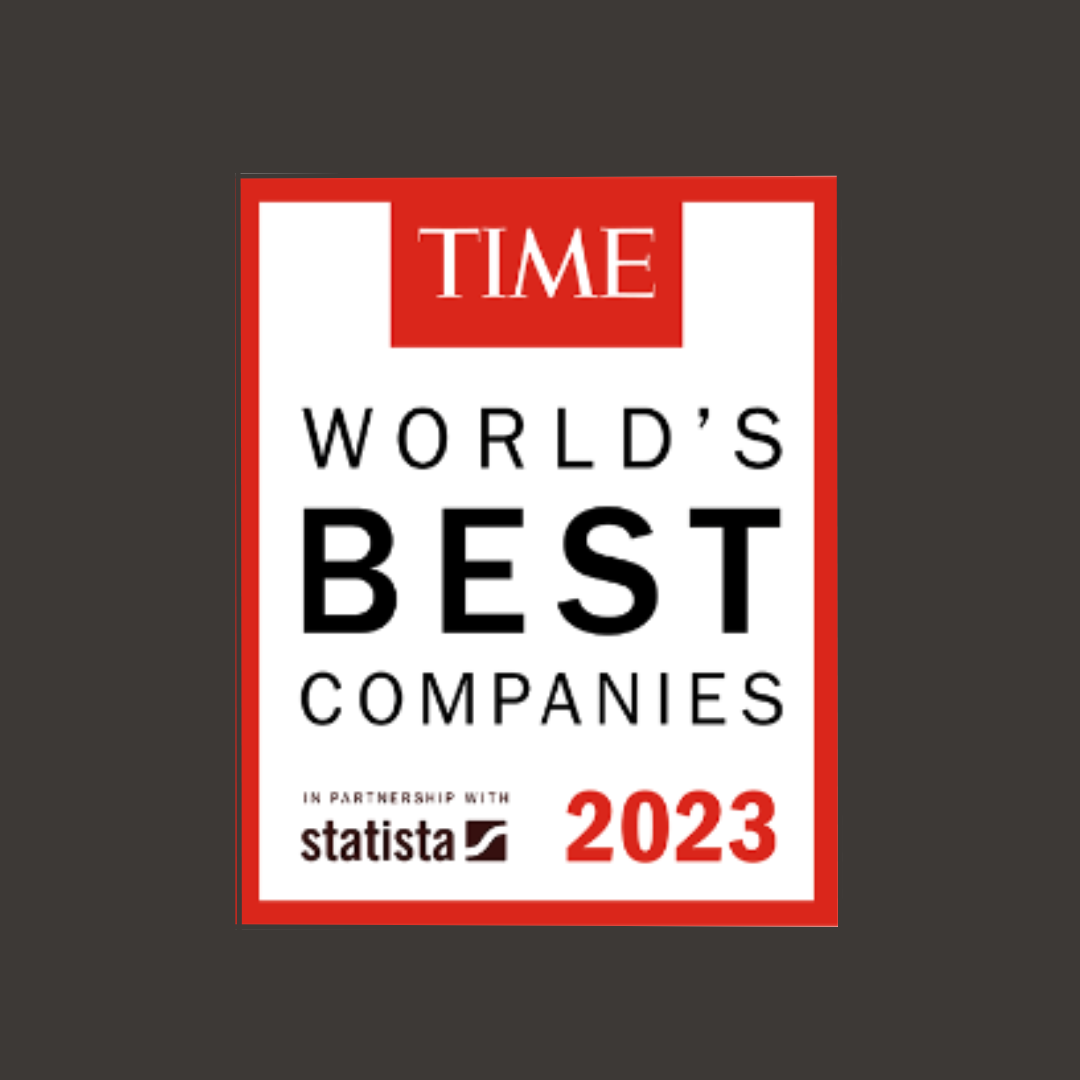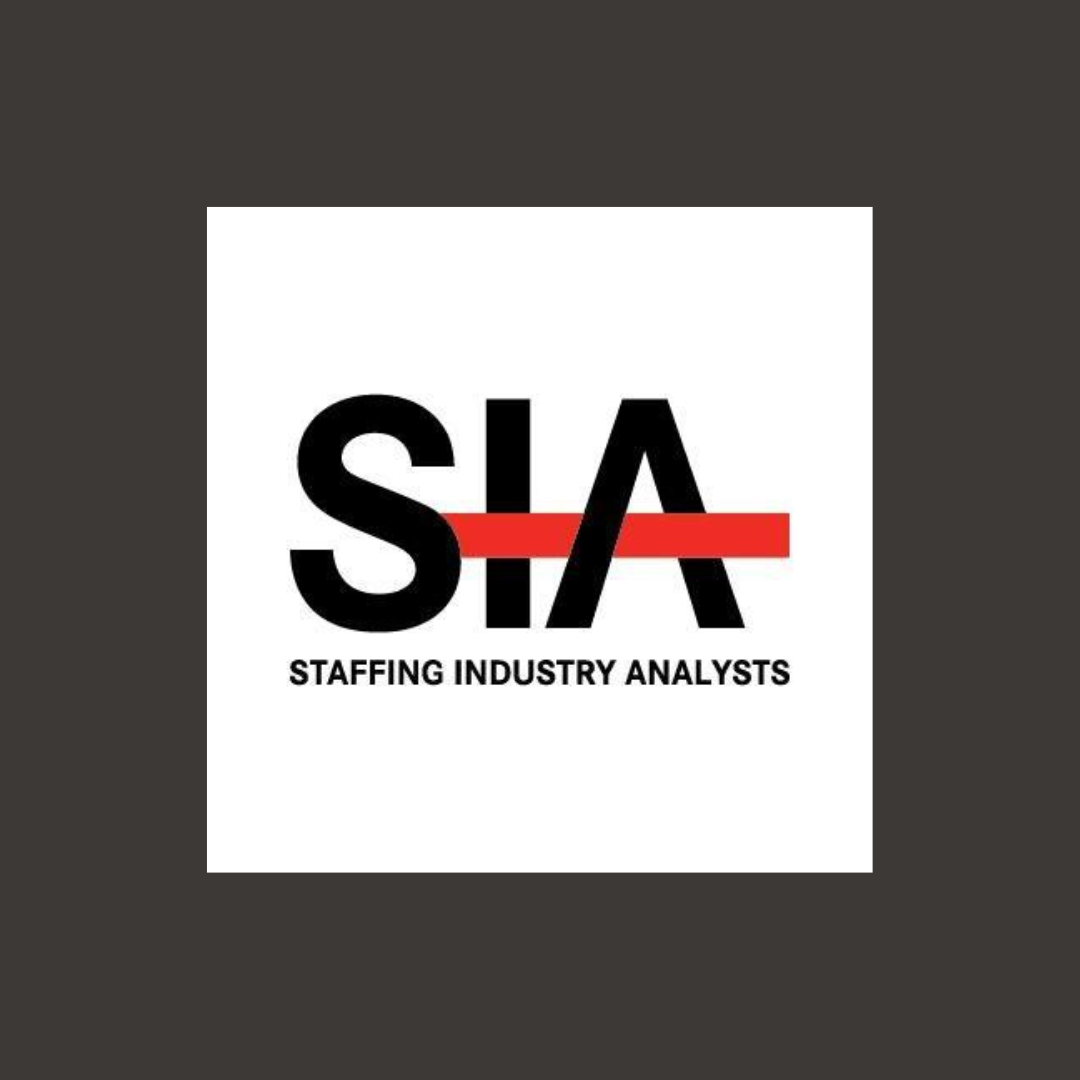
What Are The Biggest Talent Challenges That LS Organisations Face?
Jan. 23, 2020
Exploring the biggest roadblocks in Life Sciences talent and how organisations can evolve to overcome them.
At this year’s LS Summit, I was lucky enough to connect with some of the brightest and best minds in talent and life sciences. There was vibrant debate, fresh perspectives, and a generous exchange of insightful ideas. Although I enjoyed many of the events across the two-day summit, one that really stood out for me, was a session led by the brilliant Belinda Johnson at Work Lab Insights. She explored the key challenges facing employers in the Life Sciences today and in the future. These are challenges that are affecting organisations around the globe, right now, and ones that are only going to become more acute over time.
Today, I want to explore the biggest talent challenges the Life Sciences sector faces and discuss what organisations can do to overcome them.
The Extreme Talent Shortage
There is a talent shortage in Life Sciences. This isn’t shocking. This isn’t new information. This is a problem that LS organisations have been aware of for years. But what might be less well understood, is just how extreme this shortage is. For example, only 1% of data scientists are working in Life Sciences. One percent! This makes for a narrow playing field, one so tight, that organisations are facing nearly impossible odds. So, how do organisations and talent suppliers begin to tackle such a bleak picture? (And I promise you, it’s not just data scientists that are affected.) The first step is to stop looking for what doesn’t exist, stop chasing the unicorn, and instead think a little more innovatively about looking for the skills you need. Ok, so the person you are looking for may not be in life sciences right now. But could you find the same skill set in other industries? Could it exist in the petrochemical sector? Or in FMCG companies? It’s about thinking outside of industry lines and focusing on skills rather than roles.
Inflexible Thinking
Many organisations have a very distinct picture of the roles they want to fill. And often they begin the search by defining what type of role this will be. Be it perm, temp, contract etc. But by defining the role type from the start they immediately shut themselves off to a huge swathe of potential candidates. This can be disastrous in a skills-short market. By flipping this around and starting instead with the skills they need or the objective they want to achieve, and then matching these with a wider talent pool, organisations are much more likely to be successful. It’s also useful to be open to candidates who don’t entirely match up to the brief. Ok, so a candidate may only have 65% of what you need but if they have the experience/soft skills to develop into where you would like them to be, it can still be a hugely lucrative investment. For organisations that truly want to lead the way, there is an opportunity here, to completely dismiss traditional ways of evaluating potential candidates, based on outdated competency-based models. Instead, moving to a more fluid skills and personality-based approach.
Passive Candidates
One of the results of a talent shortage is that the power moves into the hands of the candidates. Whereas in the past, organisations could wait for the best candidates to knock on their door, this is simply no longer the case. But that doesn’t mean that people aren’t receptive to the right opportunities. You have probably heard the soundbite, ‘Nobody’s looking, but everyone’s available’. This simply means that candidates are waiting for employers to engage with them, even if they aren’t actively looking for a role. Which means organisations have to up their game when it comes to EVP, being prepared to connect with candidates on their terms, and offering the flexibility and benefits that make them appealing employers. In short, they have to be prepared to do the knocking.
A challenging talent environment may be difficult to navigate but it also offers huge scope for innovation and creativity. The Life Sciences organisations that will thrive will be those that can evolve and adapt. It may be a bumpy road ahead, but it’s certainly not going to be a boring one.









